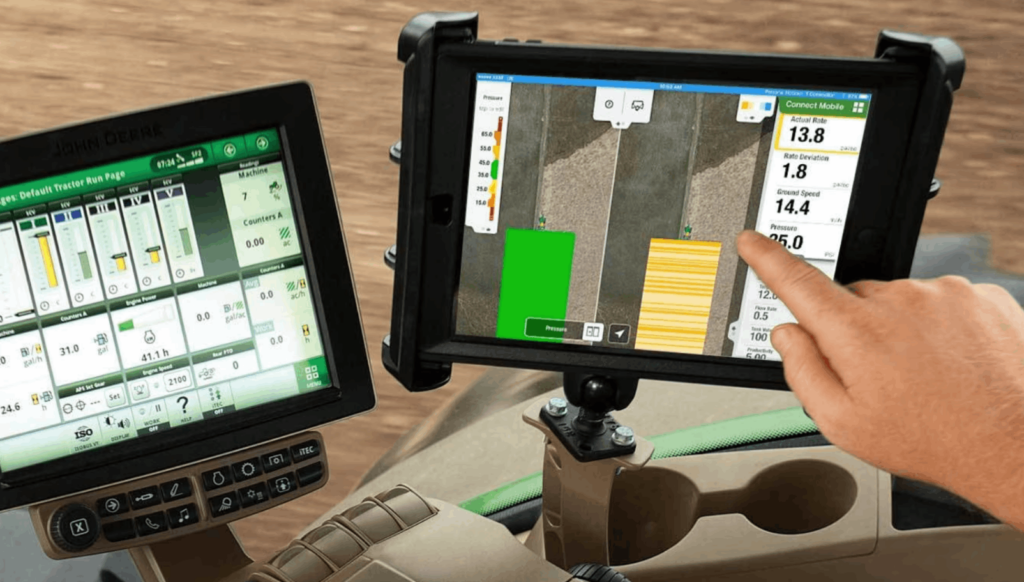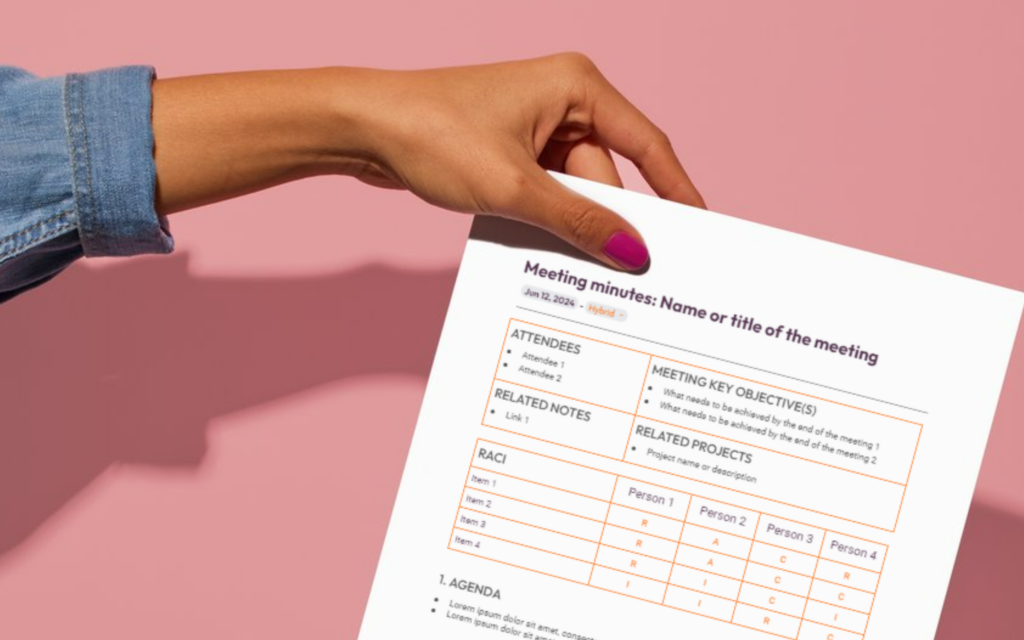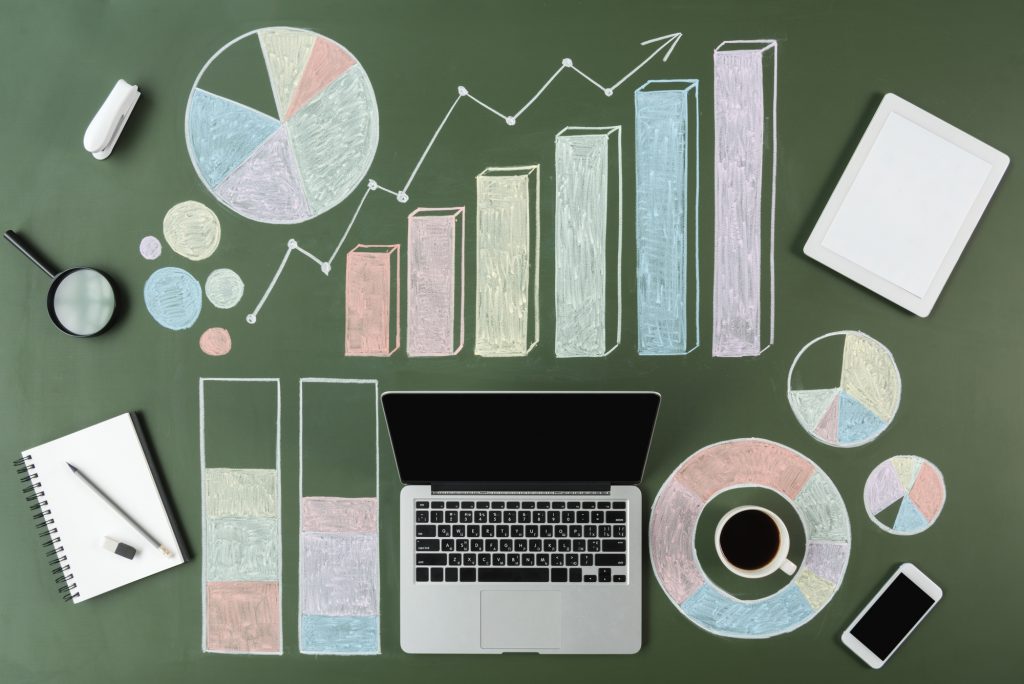If I asked you which digital service you are in touch with most in your daily life, there’s a good chance you’d answer “Netflix.”

As you may know, Netflix used to be a DVD-by-mail service. In 2005, this was pretty groundbreaking. As a pubescent movie fanatic, I was blown away by the ability to rent several DVDs at once without even having to show up anywhere myself. All I had to do, was wait for Paul, our mailman, to pass by and deliver. I remember setting up a Netflix date at home once, with one of the cutest girls from school. It was a Friday night. I had ordered pizza, made sure my parents and siblings were out of the house, and promised her the best movie night ever. I had it all figured out.
…
Except, when I went to check the mailbox at 243 Tifton Lane, to my horror, it was empty.
Why all types of digital services are important (regardless of the industry)
If I had had access to today’s fully digitized Netflix service, maybe I’d be writing this article from the perspective of a married man right now.
But that wouldn’t make a difference. Because here’s my actual point: never underestimate the importance of digitization to keep your product or service relevant. It makes what you offer more accessible to a broader audience. If set up thoughtfully and effectively, it will vastly improve customer experience. And all the while, it should save you cost and effort.
Want to move on to the 3 examples of non-digital native companies with successful digital services we’ve selected? Here they are:
Before we move on: what are digital services?
A digital service is any type of service construct that is based on digital technology, such as the internet, software, and mobile apps. Generally, they allow users to access information, support, and products in a convenient and cost-effective manner.
There’s a limitless number of ways to categorize the various types of digital services. Here are 3 that we’ve seen emerge especially in the last decade:
- Information and communication services: these are the types of digital services that facilitate interaction between individuals or between individuals and organizations.
Examples: email services, instant messaging apps, video conferencing platforms, social media platforms, and voice over IP (VoIP) services. - Security and privacy services: these are the types of digital services that involve implementing robust security measures, encryption protocols, and data protection practices.
Examples: multi-factor authentication on banking apps, encryption apps, and secure servers to safeguard customer information. - Analytics services: these are the types of digital services that provide users with valuable insights into their performance, user behavior, and other metrics that may be relevant for them.
Examples: any type of analytics dashboard showing engagement metrics, audience demographics, and post performance in social media or online advertising or survey tools.
3 examples of companies with successful digital services:
Example 1: Digitally connected machinery by John Deere
For most people, it’s not easy to think of any domain that evokes the idea of “digitization” less than the domain of farming. But of course, one should think far beyond the clichéd image of cattle and rubber boots plowing their way through muddy acres of land.
Deere & Company, better known as John Deere, does that exactly. This global manufacturer and distributor of agricultural machinery, initially founded in the nineteenth century, is still a world leader in its industry today. And that wouldn’t have been possible without the development of digital services. More specifically: precision agriculture technology and telematics systems.
Farm management via a digital platform
Managing a farm, especially a sizeable one, is complex. That’s because there are many variables to consider: equipment, like the machinery John Deere provides, is only one. Other things to monitor are the actual crops, the soil, the weather and of course there is the farm staff to manage. If all that isn’t done properly, the actual quality of the machinery loses relevance.
In the last decade, John Deere introduced a telematics system, JDLink™, to transmit data from machinery sensors and centralize it on a digital management platform called John Deere Operations Center™.

Today, both machine and agronomic data find their way to the platform. On there, it can be analyzed, and proper action can be initiated when necessary. Anything of relevance that happens on a farm is interconnected. Farmers can basically keep their farms operational and efficient from a single interface.
This digitized service has become so intrinsic to the value John Deere brings to their customers, since 2021 they offer the JDLink™ connectivity service at no additional charge. That means a basic subscription to Operations Center is free of charge.
3 wins for Deer & Company
- Generating additional revenue: By offering Operations Center, John Deere has created a new source of revenue, as farmers and agricultural businesses pay for access to diverse features and services on top of the basic subscription. Since 2020, John Deere revenue has increased by around 20% yearly. In January 2023, a year-over-year increase of even 32.2% for the quarter-ending took place.
- Building long-term customer loyalty: A farmer can decide to get rid of a piece of machinery he no longer likes, but by offering JDLink and enrolling customers on Operations Center, John Deere has become rather a supplier of an interdependent network of tools and digital services, than merely of machines.
- Acquiring data-driven insights: The data collected through JDLink and analyzed through the Operations Center provides John Deere with valuable insights into how its equipment is being used, allowing the company to make improvements and drive innovation.
Example 2: Digital services for tax preparation by H&R Block
H&R Block opened its first franchise tax office in the 1950s in the US and has been offering in-person tax preparation services (among other financial services) ever since. It used to be that customers would always visit an H&R Block office. There, they would have their taxes prepared by a professional tax preparer, who would then file the tax return on the customer’s behalf.
This is a valuable service because for an average citizen, filing taxes is a rather confusing and painful endeavor. There’s a good chance you find yourself nodding along to that statement, and you’re surely far from the only one.
Standardizing and digitizing
The reason you nod along is that our situations are often quite similar. Many of us are students, many others have children or dependents to support. A bunch of us have investments, rent out homes, or maybe even buy and sell cryptocurrencies. A bunch of us may be (partially) self-employed and have business expenses to claim. Sounds like a lot of our tax files would look pretty similar, doesn’t it? That is exactly what H&R Block understood, too.
Since the 1980s and 1990s, H&R Block started investing in tax software. Today, it has expanded its core services to digital tax preparation options. That means customers can file and communicate with a tax professional from H&R Block remotely.
But there’s also a fully standardized digital solution. One that uses H&R Block’s decades of expertise and automizes the tax filing process. As a customer, you select the filters that apply to your situation, purchase the eFile plan that corresponds, and upload any relevant documents. The information is processed digitally and boom, your tax file is ready to be sent.

3 wins for H&R Block
- Increasing customer satisfaction: turning something inherently convoluted into a quick and painless process? That’s something people will love you for and talk about to other people. Definitely, something any brand can use.
- Reaching a broader audience: By standardizing and automating digital tax filing services, H&R block is able to offer small, inexpensive packages to attract new customers, that otherwise would never have called on a service like theirs. It is reaping the benefits of democratizing its professional services.
- Cross- and upselling services: For many of these, online tax filing will only be the first step in their journey as an H&R Block customer. Their lives and financial situations will evolve. The perfect opportunity for H&R to offer other tax and financial services.
Example 3: Under Armour performing with digitization
The last and youngest of the 3 companies covered in this article is Under Armour. The American sportswear company emerged in the second half of the 1990s as a competitor for traditional sportswear brands, like Adidas and Nike. By the early 2000s, it was acclaimed for its high-performance athletic wear, including moisture-wicking shirts, shorts, and compression wear. Product innovation was one of the most important drivers of the brand’s growth.
As technology advanced, Under Armour began to focus on digitization, which has allowed it to be relevant on various fronts. This strategic shift not only aligns with current market trends but also positions Under Armour to anticipate and adapt to future changes in consumer behavior and technology.
From digital product design to a strong digital presence
For product development, Under Armour invested in 3D printing and computer-aided design (CAD) to create new and innovative products and was among the first players to successfully launch shoes with 3D-printed midsoles on the market.
Under Armour also took steps towards digitization beyond their products, creating their connected fitness platform, known today as MapMyFitness by Under Armour. It includes various features such as goal tracking, nutrition tracking, and personalized workout plans.
In addition to its connected fitness platform, Under Armour has a robust e-commerce platform that allows customers to purchase its products online and product pick based on preferences, like on the popular UA Exclusives platform.

3 wins for Under Armour
- Developing (digital) presence: It used to be that an athlete would buy a great moisture-wicking shirt by Under Armour, and be perfectly happy about it, but not be in touch with the Under Armour brand beyond that. For a brand, this dynamic typically makes it hard to get customers to discover more products and services. Especially in a very competitive market like Under Armour’s.
- Improving products and services: Thanks to their connected fitness app, Under Armour, has acquired valuable user data insights, allowing their product managers to zero in on the app users and experiment with features.
- Providing guided selling: By using a convenient interface on Under Armour’s webshop, customers perceive their online shopping experience as one where they get to configure the products they are buying. That’s very different from the traditional “we sell, you buy” dynamic that many companies still apply today.
In conclusion:
Digitization is becoming more and more synonymous with professionalization. Whether on the level of your daily operations, marketing, or sales: to meet expectations of impact, efficiency, and personalization at scale, you need some digital leverage.
It doesn’t matter whether your company emerged before the digital age or only in the last ten years. Either way, a little piece of digital improvement can be a true tipping point.
The trick is finding out where in the puzzle of your organization’s activities that magic digital piece belongs. So dare to get inspired (maybe, by one of the Pointerpro case studies?) and dare to experiment.
Looking for wins for your consultancy’s advice delivery? Learn more about Pointerpro’s personalized and automated delivery capabilities.









